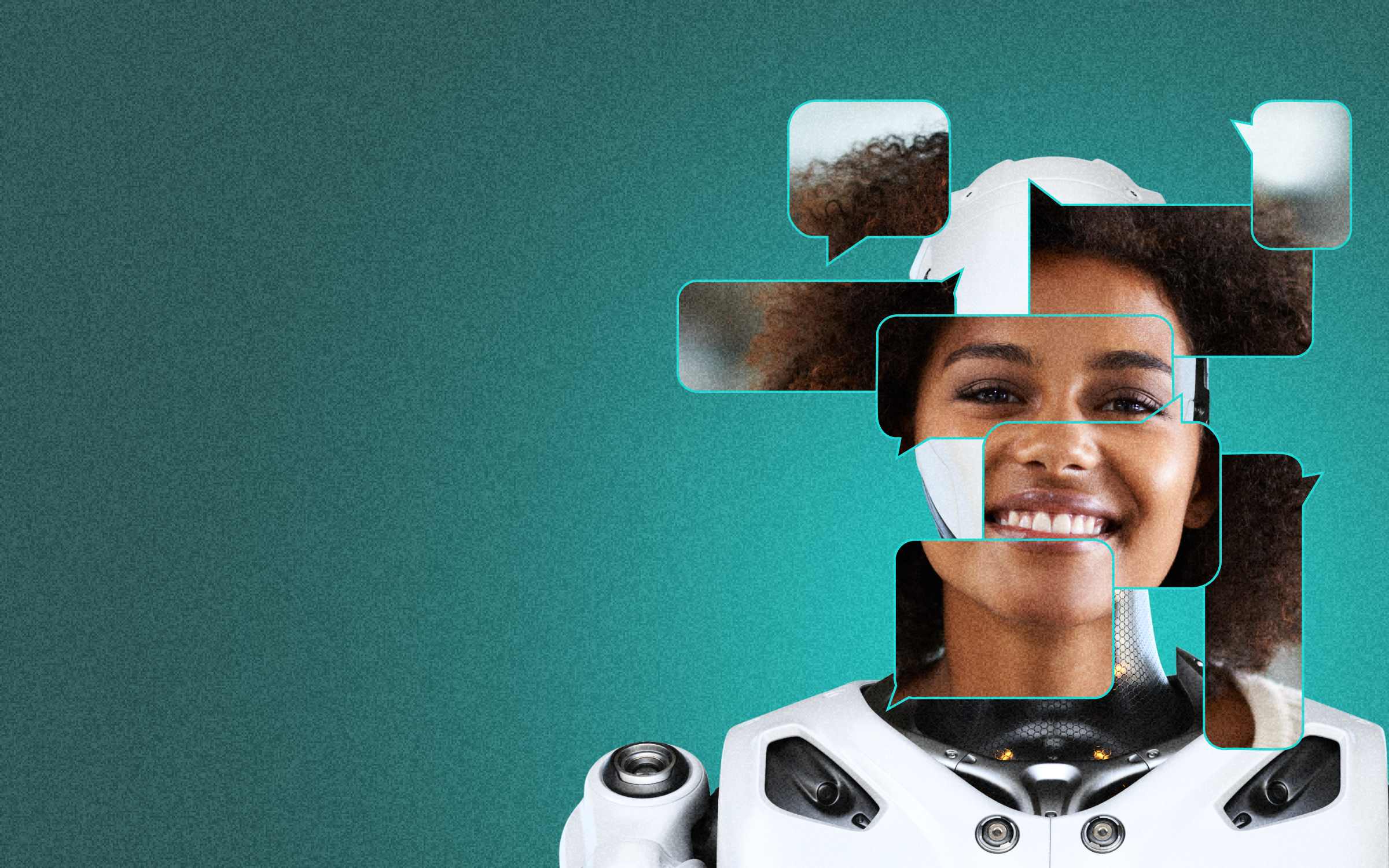According to management consulting firm Russell Reynolds Associates, 52% of the companies in the S&P 500 have a chief diversity officer — up from 47% since 2018. At least 60 firms have appointed their first diversity leader since May 2021.
However, nearly 60% of chief diversity officers on the job in 2018 have since left the roles for other professional interests. Russell Reynolds reports unclear mandates and a lack of infrastructure as challenges cited by departing diversity leaders.
In order to build lasting diversity, equity, and inclusion (DEI) initiatives, organizations must clearly define the chief diversity officer position and the role it plays at the organization.
Chief Diversity Officer Responsibilities
The responsibilities of chief diversity officers can vary widely from company to company, says Tina Shah Paikeday, head of DEI advisory services at Russell Reynolds Associates. In her role at the executive search and consulting firm, Paikeday recruits Chief Diversity Officers, gathers DEI strategy best practices, and advises global DEI councils.
Often, Paikeday says, the role involves creating a D&I strategy, crafting DEI policies, and managing datasets that track diversity and inclusion goals. They also partner with the company’s communications department to share this information within the company and externally.
Another piece, Paikeday says, is learning and development for employees. “[It is] critically important for that person to partner with the existing L&D [learning and development] function,” she says. “In large-scale organizations, it’s impossible for one person to deliver that work. So oftentimes, its delivery is outsourced either to an external provider or training folks inside of the house.”
Keith Wyche — an executive with 30 years of experience, DEI thought leader, and author — groups chief diversity officers’ responsibilities into four categories. Wyche is also Walmart’s vice president of community engagement and support.
- Inclusion. Chief diversity officers should advocate for representation of minority groups throughout the organization, from entry level employees through senior leadership.
- Understanding the company. “If you’ve grown up at any one silo, you don’t really have a holistic view of the business,” he explains. “To be the effective Chief Diversity Officer, you need to have a more holistic view and appreciation and understanding of the business.” This requires understanding both talent management and business operations, and integrating both pieces.
- Championing culture. According to Wyche, chief diversity officers must build an internal company culture that benefits employees across demographics. They also have to keep the pulse of the external culture. For example, Wyche says, diversity leaders must understand how different generations behave in the marketplace to contribute to strategic or product decisions.
- Manage change. Wyche says chief diversity officers must convince other leaders in the business to change outdated processes. He points to his time as a board member of WMS Gaming, the second-largest manufacturer of casino gaming machines in the world. When leaders wanted to expand into the online gaming space, Wyche says, the chief diversity officer helped the team “change their mental model of what [a board member] looks like” to include younger members with digital experience.
As chief diversity officer at law firm Miller Canfield, Michelle Crockett develops the firm’s annual DEI strategy. “That includes hiring diverse candidates, building affinity groups for minority employees, and building mentorship programs,” she explains. “Those goals that I include in the strategic plan are directly tied to things like… advancement of people of color and women within the firm.”
Crockett also notes that she invests time in building a pipeline of diverse candidates. One recent initiative included a partnership with Ford Motor Company, where Crockett and other members of her team discussed law careers with high school juniors in Michigan.
Finding the Perfect Chief Diversity Officer
“If you have an organization…[which has] never had this focus before, you will probably have to go outside of the business [for talent] because…that’s not been a part of your DNA as a company,” recommends Wyche. “Conversely, though, if you do have folks inside your organization who can check the boxes, I think it’s a great opportunity.”
In the past, Paikeday says, companies often found the most senior person of color and placed them in the chief diversity officer role, agnostic of experience. “At this moment in time, skill and experience is required because emotions are so heightened,” she says. “We are looking at a lot of companies who are hiring from the outside because they simply don’t have that skill [internally]…because they’re standing up a D&I function for the first time.”
The backgrounds of chief diversity officers are also changing. In the early days, Paikeday says, many of these leaders came from a legal and compliance background. In the past decade, a majority have come from human resources.
Today, leaders’ backgrounds are more varied. Some, Paikeday says, come from a communications background, reflecting the increased importance of communicating DEI internally. Others have been DEI practitioners for 15 years.
“Now, we’re seeing folks who have come from the business side, whether that’s sales and marketing, or even running a P&L, combined with D&I experience,” Paikeday says. “That’s because we’re seeing the mandates of the chief diversity officer shift from a sole focus on the workforce to really integrating with the rest of the business.”
She points to the healthcare space as an example. In that industry, chief diversity officers must lead internal workforce diversity initiatives as well as health equity initiatives that benefit patients.
No matter where candidates come from, having an appreciation and willingness to learn about different demographics is a must. “[You need] someone who is very self-aware, not only of their biases, their unconscious biases, and what they know,” Wyche says. “[If] I’m not familiar with veterans, or LGBTQ people, then I have to be open enough to understand, embrace and spend time to learn that.”
Writing the Chief Diversity Officer Job Description
“The first thing is having a great understanding of what [CEOs] want this position to be and do,” Wyche says. “Otherwise you will hire a chief diversity officer based on a profile that HR created without really understanding the resources they need… It’s more of a check box [to fulfill].”
According to Paikeday, job descriptions must clearly articulate the mandate for the role, as expectations vary widely between companies.
The job description should also articulate where the role sits in the organizational structure. That includes who the role reports to, if the role has any direct reports, and what departments the person is expected to work with. For example, Paikeday says, chief diversity officers are often expected to work with data analytics and communication teams.
Lastly, a job description should include key leadership characteristics. For example, she says, chief diversity officers should be both “heroic” and “connecting” — able to deliver an inspiring presentation to a crowd and listen at a town hall.
While not often listed in the job description, companies should also set a competitive compensation range before beginning the search.
According to 2020 research from the global consulting firm Mercer, the median base salary for chief diversity and inclusion officers is $350,000 at U.S. companies with more than $3 billion in revenue. The median compensation, including bonuses and long-term incentives, is $600,000.
Salary.com lists the median pay for DEI executives between $181,464 and $259,647. CNBC cites the average salary for chief diversity officers as $127,239, based on 12 salary reports from Glassdoor.
“[The chief diversity officer] role can be taxing, and there can be burnout in the role because they’re being asked to do so much right now.”
Tina Shah Paikeday, Head of DEI Advisory Services, Russell Reynolds Associates
Avoiding Chief Diversity Officer Burnout
“[The chief diversity officer] role can be taxing, and there can be burnout in the role because they’re being asked to do so much right now,” says Paikeday. “When we [Russell Reynolds] have forums of chief diversity officers, we’re often talking about being in crisis management mode quite a bit.” That includes, she says, responding to internal DEI challenges or news events related to racial unrest.
Often, burnout can lead to attrition. The average tenure for the role is 1.8 years in 2021 — down from 3.1 years in 2018 — Russell Reynolds reports.
Paikeday recommends that chief diversity officers find ways to connect with peers to candidly share issues, crowdsource solutions, and avoid feeling isolated in their roles. Other members of the C-suite can also help prevent burnout by allocating resources and staffing to the chief diversity officer’s department.
“Many times when an organization is standing up the function for the first time, it’s a solo position that might have one or two direct reports,” Paikeday explains. “To do this well, there are certain parts and pieces, depending on the size of the organization, that are necessary to support a chief diversity officer, and really not ask them to do everything [themselves].”
Ensuring that chief diversity officers have access to other members of the C-suite and the CEO can also help prevent burnout.
Wyche recommends that chief diversity officers report directly to the CEO, instead of reporting “four or five levels down in the organization.” He says chief diversity officers must have “the ear of senior leadership — i.e. the board, CEO, a chief people officer. Without that they are a toothless tiger.”
Are you a chief diversity officer? Tell us what your role is really like.






